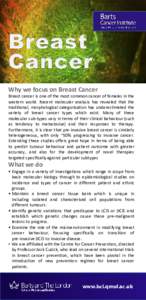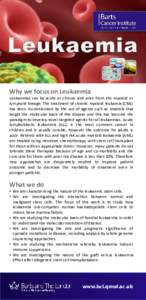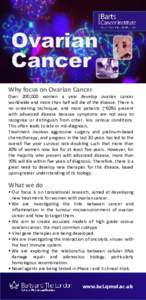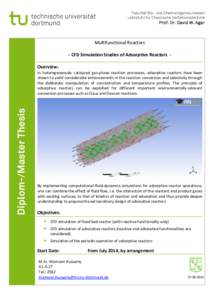51 | Add to Reading ListSource URL: www.tc.bci.tu-dortmund.de- Date: 2014-09-04 04:41:06
|
|---|
52 | Add to Reading ListSource URL: www.tc.bci.tu-dortmund.de- Date: 2016-07-07 04:35:46
|
|---|
53 | Add to Reading ListSource URL: www.bci.qmul.ac.uk- Date: 2016-04-04 11:36:10
|
|---|
54 | Add to Reading ListSource URL: www.bci.tu-dortmund.de- Date: 2016-03-09 01:58:35
|
|---|
55 | Add to Reading ListSource URL: www.bci.qmul.ac.uk- Date: 2016-04-04 11:36:10
|
|---|
56 | Add to Reading ListSource URL: www.bci.qmul.ac.uk- Date: 2016-04-04 11:36:11
|
|---|
57 | Add to Reading ListSource URL: cvt.bci.tu-dortmund.de- Date: 2014-07-01 07:54:20
|
|---|
58 | Add to Reading ListSource URL: www.tc.bci.tu-dortmund.de- Date: 2014-09-04 04:41:05
|
|---|
59 | Add to Reading ListSource URL: www.fsv.bci.tu-dortmund.de- Date: 2016-08-01 06:05:42
|
|---|
60 | Add to Reading ListSource URL: www.bci.qmul.ac.uk- Date: 2016-04-15 04:42:04
|
|---|